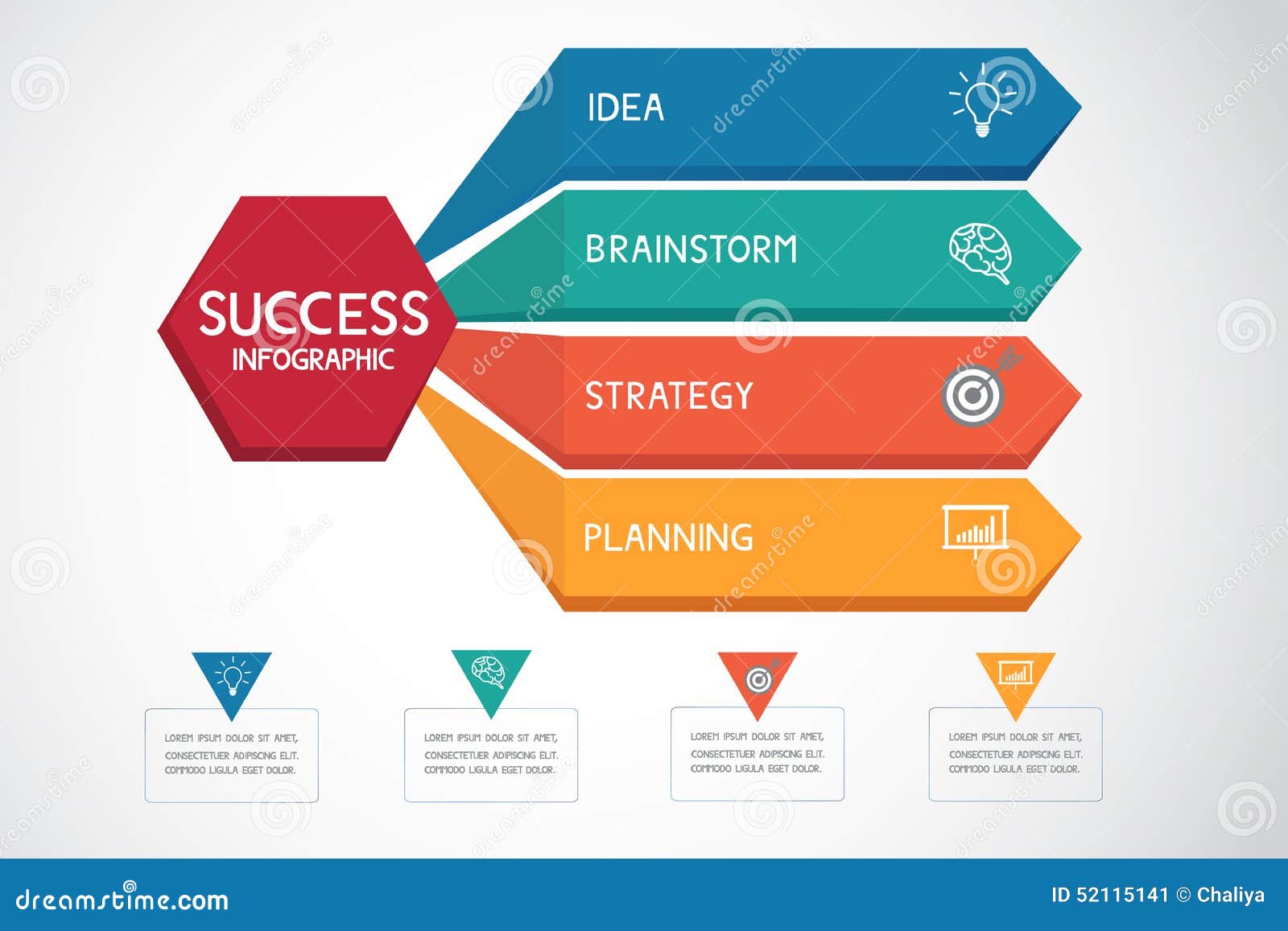The Growth Of Website Design: After That And Now
The Growth Of Website Design: After That And Now
Blog Article
Created By-Hartley Clarke
In the past, websites were simple and focused on info. Navigating was straight, and style was for desktops. Now, user experience is essential. Information overviews designs for easy navigating. Receptive formats suit different devices. Today, dark setting minimizes strain, and minimal menus boost navigation. Interactive functions involve users, and vibrant visuals stand out. AI integration enhances interaction. See how design has evolved to improve your online journey.
Very Early Days of Website Design
In the early days of web design, simplicity preponderated. Web sites were basic, with restricted colors, typefaces, and layouts. The focus was on providing information as opposed to flashy visuals. Individuals accessed the net via slow-moving dial-up links, so speed and capability were key.
Navigation menus were straightforward, commonly situated at the top or side of the page. Sites were designed for desktop computers, as mobile surfing had not been yet widespread. Web content was king, and developers focused on easy readability over intricate layout components.
HTML was the key coding language utilized, and designers had to function within its constraints. Computer animations and interactive functions were very little contrasted to today's standards. Web sites were fixed, with little dynamic material or customized customer experiences.
Surge of User-Focused Style
With the development of website style, a change towards user-focused style principles has ended up being increasingly noticeable. Today, producing web sites that focus on user experience is vital for engaging visitors and achieving company goals. User-focused design involves understanding the requirements, choices, and actions of your target market to tailor the web site's layout, content, and features as necessary.
Developers currently perform extensive research, such as customer surveys and use testing, to gather understandings and comments straight from customers. This data-driven strategy assists in producing user-friendly navigation, clear calls-to-action, and visually enticing interfaces that reverberate with visitors. By positioning the user at the center of the layout procedure, web sites can deliver an extra tailored and delightful experience.
Receptive design has additionally become a key aspect of user-focused style, guaranteeing that sites are maximized for various tools and screen dimensions. This flexibility boosts ease of access and use, satisfying the diverse means customers connect with web sites today. Essentially, the rise of user-focused design indicates a change in the direction of developing electronic experiences that prioritize the demands and assumptions of the end user.
Modern Trends in Web Design
Discover the latest patterns shaping website design today. https://filmdaily.co/tech/shopify/ is dark mode style, supplying a sleek and modern appearance while minimizing eye strain in low-light settings. An additional essential fad is minimalist navigating, simplifying food selections and enhancing customer experience by focusing on essential elements. Incorporating micro-interactions, such as computer animated buttons or scrolling effects, can produce an extra interesting and interactive web site. Responsive design stays vital, ensuring smooth user experiences throughout numerous devices. In addition, making use of strong typography and asymmetrical formats can include aesthetic rate of interest and draw attention to certain web content.
Integrating AI modern technology, like chatbots for client assistance or tailored referrals, boosts individual involvement and enhances processes. Access has also become a substantial pattern, with designers focusing on comprehensive layout techniques to satisfy varied customer needs. Embracing sustainability by maximizing site efficiency for speed and effectiveness is one more emerging trend in web design. Teaming up with individual feedback and information analytics to repeat and improve style continuously is vital for remaining relevant in the ever-evolving electronic landscape. By embracing these modern-day trends, you can create an aesthetically enticing, user-friendly site that resonates with your target market.
Verdict
As you reflect on the evolution of site layout from the early days to currently, you can see how user-focused style has actually come to be the driving pressure behind contemporary fads.
Embrace the trip of adjustment and adjustment in website design, always maintaining the user experience at the forefront.
Stay current with the most recent fads and technologies, and never ever stop progressing your technique to develop visually magnificent and user-friendly web sites.
Evolve, adapt, and produce - the future of website design remains in your hands.
